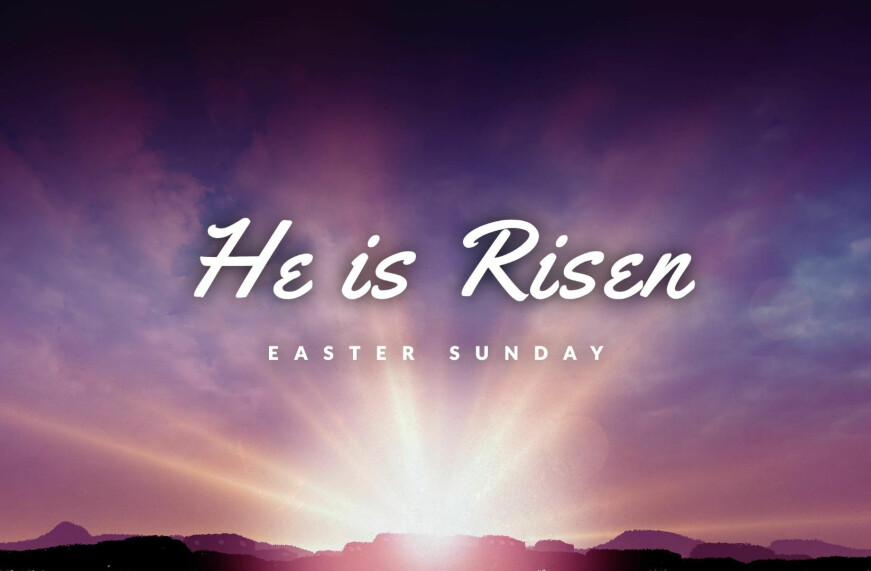Easter Sunday, April 4, 2021

Dear St. Luke family,
Easter is the joyous celebration of new life in Christ; that nothing in life or in death can separate us from the love of God. It’s also a reminder that Scripture is not a seamless, consistent narrative. Matthew, Mark, Luke, and John offer very different accounts of the first Easter. In Matthew, two women go to the tomb (Matthew 28:1). In Mark, it’s three women (Mark 16:1). In Luke, we’re told “the women who had come with him from Galilee” returned to the tomb, but we’re not told how many women that is, or their names (Luke 23:55-56, 24:1). In John, only Mary Magdalene visits the tomb on Easter morning, but she tells two of the disciples, who then rush to see the tomb for themselves, the only version in which men visit the tomb (John 20:1-10). In the post-resurrection stories, John tells us Jesus enters rooms with locked doors (John 20:26), and eats a fish breakfast on the beach (John 21:9-15). Luke has Jesus meeting two disciples on the road to Emmaus (Luke 24:13-35). Matthew’s Jesus gives the disciples the Great Commission (“Go and makes disciples …,” Matthew 28:19), while in Mark, we never see the risen Jesus; we’re just told by a young man, presumably an angel, that Jesus will meet the disciples in Galilee, just as he said he would (Mark 16:6-7).
There is no way to reconcile these stories. They were told by different people with different memories of what happened. They were put into writing at different times. They were written for and first read by different communities with different concerns and priorities. It is impossible for us to know which if any of these stories is factually accurate. Rather than pretending they are consistent, or trying to mash them together into one story, the approach that most honors these Scripture passages is to treat them as separate narratives that speak for themselves. Each one offers insights into the Christian community’s experience of the Risen Lord. Each one offers profound meaning for our own Christian journeys. And each one reminds us that Scripture isn’t the Encyclopedia Britannica or a history textbook. Rather, Scripture needs to be read in its own historical and literary context, as well as in the context of the broadest biblical themes, with special weight given to the “rule of love” – that is, “How does this passage help the reader better fulfill Scripture’s highest law to ‘Love your Lord with all your heart, your soul, your mind, and your strength, and to love your neighbor as yourself?’”
Jack Haberer writes, “Ultimately, the best biblical student is the one who not only seeks to understand but also is committed to applying the message of Scripture. ‘Be doers of the Word, and not merely hearers,’ says the writer James (1:22).”
This weekend, we are invited to apply the message of Resurrection to our lives. We’ll visit John’s version of the first Easter at the sunrise service at 6:30 a.m., and Mark’s strikingly different version at 10:00 a.m. How do these stories speak to us today, in Marin County, in April 2021? How do they invite us to be “doers of the Word”?
Grace and peace,
Joanne Whitt
Interim Pastor
